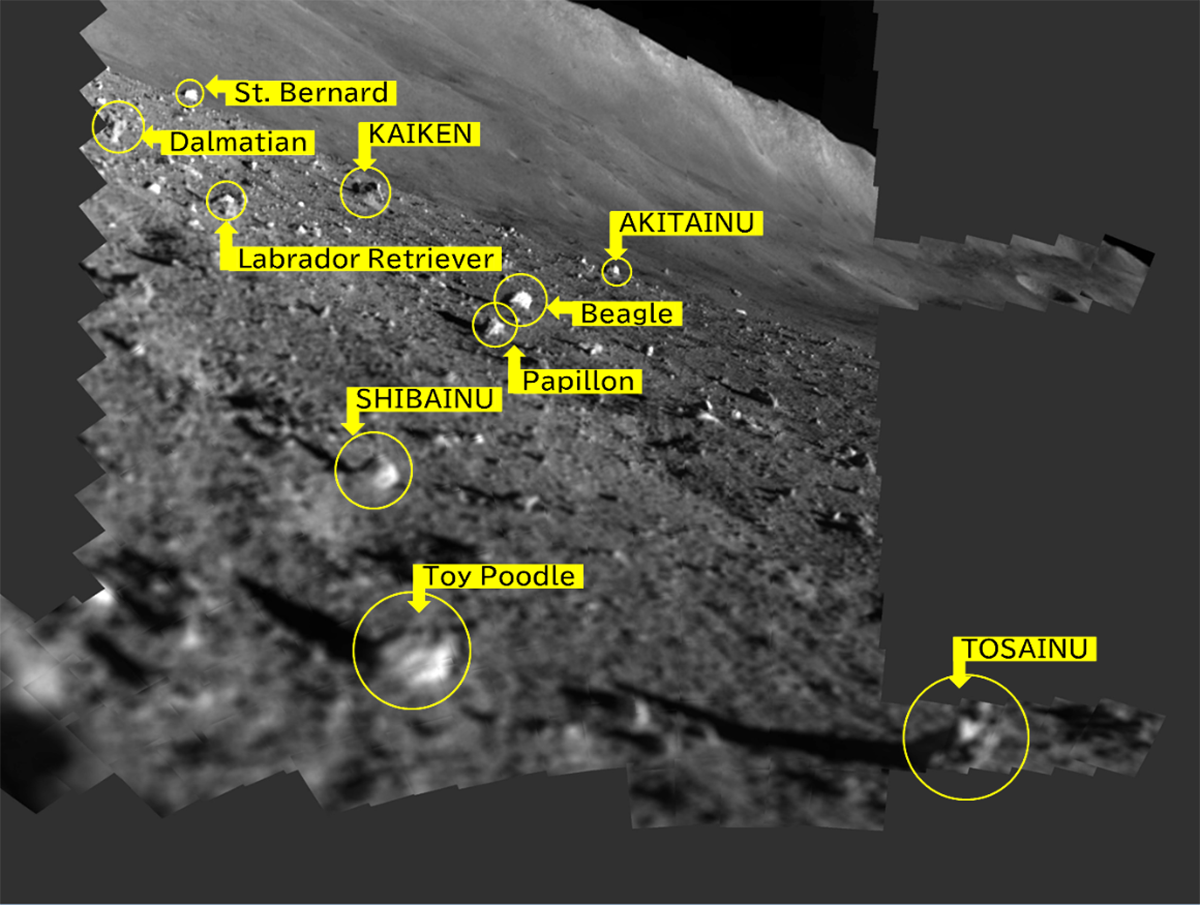Japan Aerospace Exploration Agency (JAXA) announced on Monday that its historic Smart Lander for Investigating Moon has defied the odds—after surviving a brutal, two-week lunar night while upside down, SLIM’s solar cells subsequently gathered enough energy to restart the spacecraft over the weekend. In an early morning post to X, JAXA reported it briefly established a communication relay with its lunar lander on Sunday, but the moon’s extremely high surface temperature currently prevents engineers from doing much else at the moment. Once SLIM’s instrument temperatures cool off in a few days’ time, however, JAXA intends to “resume operations” through additional scientific observations as long as possible.
[Related: This may be SLIM’s farewell transmission from the moon.]
SLIM arrived near the moon’s Shioli crater on January 19, making Japan the fifth nation to ever reach the lunar surface. Although JAXA’s lander successfully pulled off an extremely precise touchdown, it did so upside down after its main engines malfunctioned about 162-feet above the ground. The resulting nose-down angle meant SLIM’s solar cell arrays now face westward, thereby severely hindering its ability to gather power. Despite these problems, the craft’s two tiny robots still deployed and carried out their reconnaissance duties as hoped and snapped some images of the inverted lander. Meanwhile, SLIM transmitted its own geological survey data back to Earth for a few precious hours before shutting down.
Although JAXA officials cautioned that might be it for their lander, SLIM defied the odds and rebooted 10 days later with enough juice to continue surveying its lunar surroundings, such as identifying and measuring nearby rock formations.
“Based on the large amount of data obtained, analysis is now underway to identify rocks and estimate the chemical composition of minerals, which will help to solve the mysteries surrounding the origin of the Moon. The scientific results will be announced as soon as they are obtained,” JAXA said at the time.
But by February 1, the moon’s roughly 14.5-day lunar night was setting in, plunging temperatures down to a potentially SLIM-killing -208 Fahrenheit. Once again, JAXA bid a preemptive farewell to their plucky, inverted technological achievement—only to be surprised yet again over the weekend.

In the few days since the most recent lunar evening’s conclusion, SLIM apparently recharged its solar cells enough to come back online. But as frigid as the moon’s night phases are, its daytime temperatures can be just as brutal. According to JAXA, some of the lander’s equipment initially warmed up to over 212-degrees Fahrenheit. To play it safe, mission control is giving things a little time to cool off before tasking SLIM with additional scans, such as using its Multi-Band Camera to assess nearby regolith formations’ chemical compositions.
JAXA has a few more days before the moon enters another two-week night, during which SLIM will go into yet another hibernation. While it could easily succumb to the lunar elements this next time, it’s already proven far more resilient than its designers thought possible. It may not surpass expectations as dramatically as NASA’s Mars Ingenuity rotocopter (RIP), but the fact that SLIM made it this long is cause enough for celebration.





